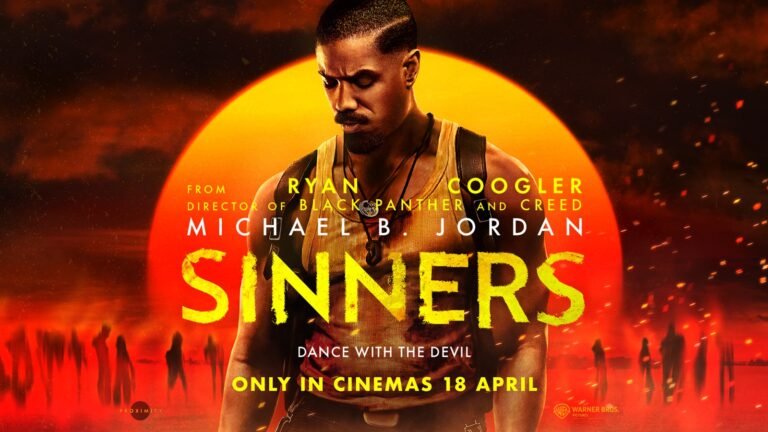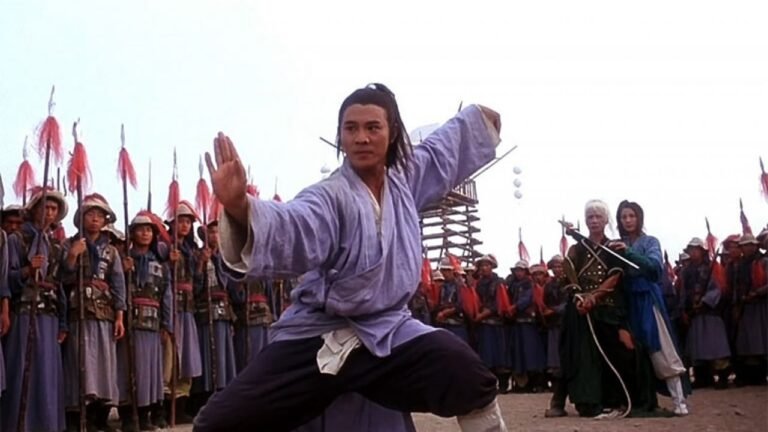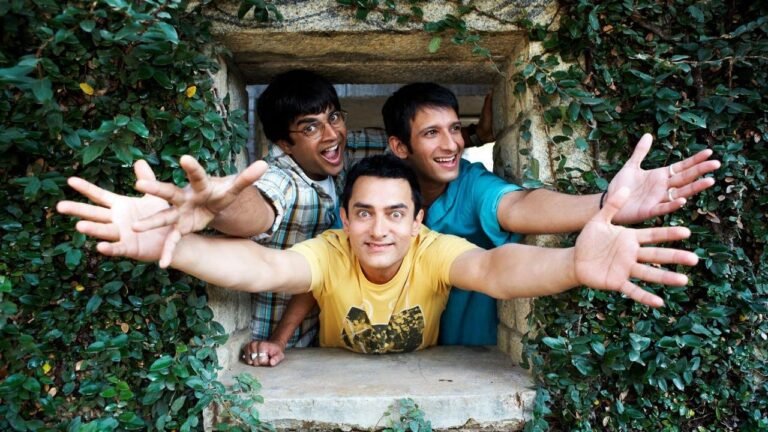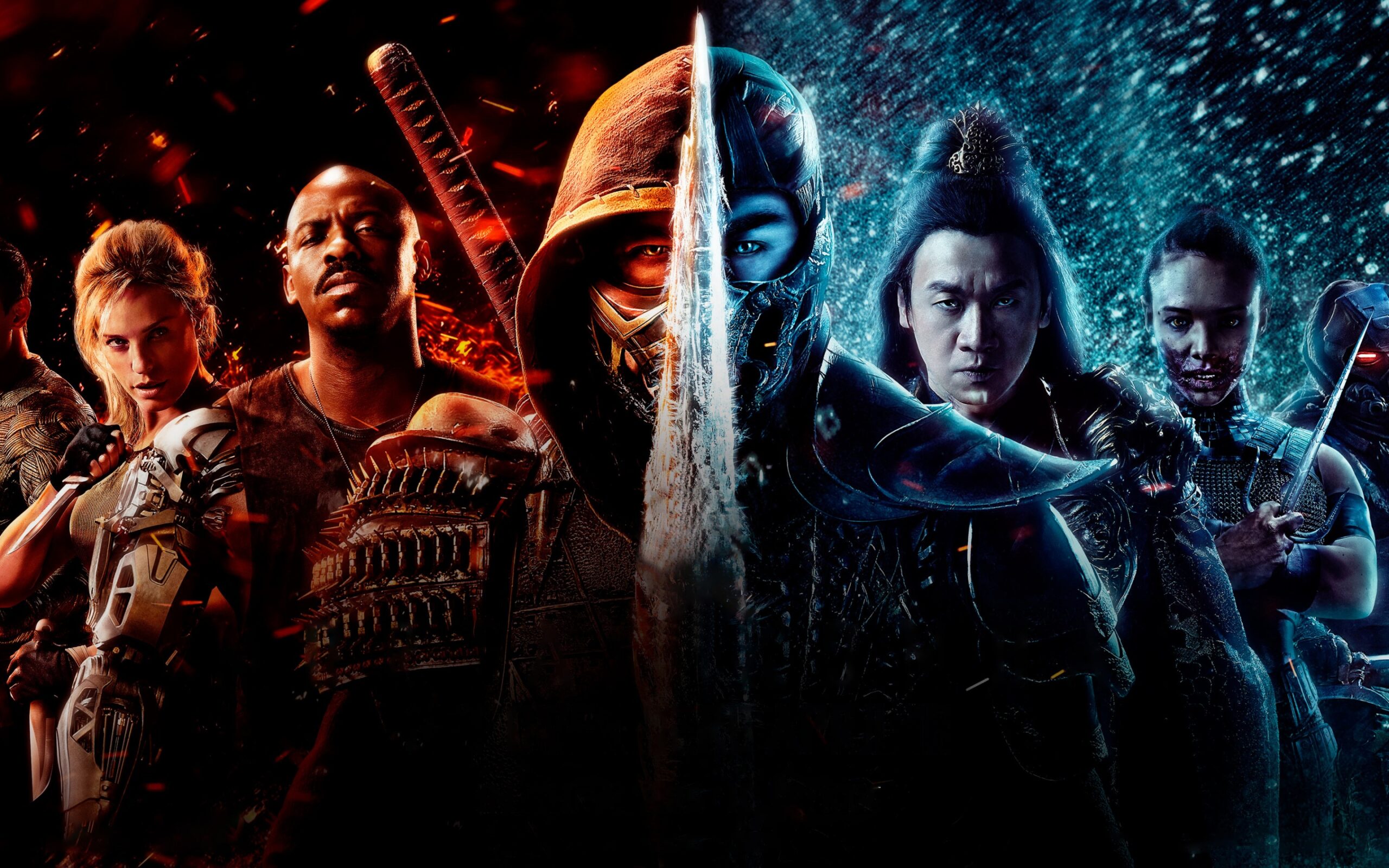
The 2021 “Mortal Kombat” movie was released with the expectation of reenergizing a franchise that has long struggled to translate its success from video games to the big screen. While it delivered on some fronts, there were several areas where the film fell short, leaving both critics and fans with mixed feelings. Here are the primary issues that plagued the film:
Lack of Cohesive Storytelling
One of the most significant problems with the movie was its narrative structure. The story felt disjointed and often seemed like a mere setup for future sequels rather than a standalone film with its own arc. The plot revolves around a new character, Cole Young, a washed-up MMA fighter, who discovers his destiny to participate in an ancient tournament known as Mortal Kombat. This choice to focus on a new character rather than established fan-favorites led to several narrative issues:
Exposition Overload: The film spent too much time on exposition, explaining the lore of Mortal Kombat, which could have been shown rather than told. This took away valuable screen time from character development and more dynamic storytelling.
Predictability and Clichés: The story arc for Cole Young and other characters followed predictable tropes seen in many other action films. This led to a lack of originality and excitement in the plotline.

Character Development Issues
Mortal Kombat is known for its diverse and rich array of characters, each with unique backstories and motivations. Unfortunately, the 2021 movie struggled to do justice to these characters:
New Protagonist: Introducing Cole Young as the protagonist alienated many fans, who were more interested in established characters like Liu Kang, Scorpion, and Sub-Zero. Cole’s character did not bring anything new or compelling to the narrative, and his arc felt underwhelming.
Underutilized Characters: Iconic characters such as Liu Kang, Kung Lao, and Mileena had limited screen time and poor development. Their potential was underexplored, making their presence feel more like a nod to fans rather than integral parts of the story.
One-Dimensional Villains: Shang Tsung and other antagonists were reduced to one-dimensional villainy without clear motivations or complexity. The lack of depth made their evil deeds feel hollow and uninspired.
Pacing Problems
The film’s pacing was erratic, with a notable imbalance between action sequences and quieter, character-driven moments:
Rushed Climax: The build-up to the final confrontations was uneven, leading to a rushed climax that lacked the necessary emotional impact. Key battles, including those involving major characters, felt abrupt and unsatisfactory.
Uneven Action Distribution: Early scenes were filled with extensive exposition, while the latter part of the film tried to cram in numerous fights, leaving little room for proper buildup and payoff. This resulted in an anticlimactic feeling, diminishing the overall excitement.
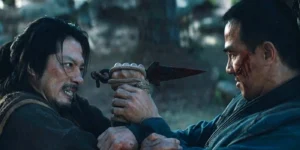
Inconsistent Tone
Maintaining a consistent tone is crucial for audience engagement, but the 2021 “Mortal Kombat” movie struggled in this regard:
Tonally Jumbled: The film wavered between serious, dramatic moments and campy, over-the-top segments, creating a jarring viewing experience. The balance between honoring the dark, brutal nature of the source material and infusing it with humour was poorly managed.
Forced Humour: Some attempts at humour, especially through characters like Kano, came across as forced and out of place, undermining the film’s more serious elements.
Special Effects and Fight Choreography
While the movie was praised for its visual effects and adherence to the game’s brutal combat, there were still notable flaws:
Inconsistent CGI Quality: Some CGI elements, such as reptilian creatures and certain energy effects, appeared subpar compared to the overall quality of the film. These less polished moments detracted from the immersion.
Fight Choreography: Although there were some standout fight scenes, many battles felt uninspired and lacked the fluidity and creativity fans expected from a “Mortal Kombat” film. The action sequences often relied on quick cuts and close-ups, obscuring the athleticism of the actors.
Disconnection from the Tournament Concept
The essence of Mortal Kombat lies in the tournament where fighters from different realms battle for supremacy. However, the film failed to capitalize on this:
Lack of Traditional Tournament: Rather than focusing on the iconic tournament, the film’s story revolved around the lead-up to it, missing out on showcasing the structured, high-stakes battles that define Mortal Kombat.
Missed Opportunities for Character Arcs: The tournament format could have provided a natural framework for developing character arcs and rivalries, which was not utilized effectively.

Inconsistent World-Building
Creating a compelling universe is essential for a film grounded in fantasy and martial arts:
World-Building Gaps: The film’s world-building elements were inconsistent and often left vague. Key locations, rules of the tournament, and the stakes involved were not clearly defined, which caused confusion and hindered immersion.
Unclear Lore Integration: While the movie attempted to touch on significant lore aspects, the integration felt haphazard, confusing newcomers and leaving long-time fans desiring more depth.
Unsatisfying Resolution
A film’s ending is critical in leaving a lasting impression, but the resolution in “Mortal Kombat” fell flat:
Sequel Setup Over Standalone Story: The conclusion appeared more focused on setting up potential sequels rather than providing a satisfying resolution to the plot at hand. Loose ends and unresolved conflicts left viewers with a sense of incompletion.
Lack of Climactic Payoff: Key battles and narrative points were wrapped up too conveniently or without adequate buildup, leading to an underwhelming final act.
The 2021 “Mortal Kombat” movie had the potential to breathe new life into the franchise, but it ultimately fell short due to its inconsistent storytelling, pacing issues, underdeveloped characters, and tonal disjunction. While it succeeded in delivering some visually impressive moments and honouring the source material’s brutal combat, the film’s numerous flaws left many fans desiring more. For future installments, focusing on coherent storytelling, deeper character development, and leveraging the rich lore of Mortal Kombat could provide a more engaging and fulfilling experience for both new and long-time fans.
